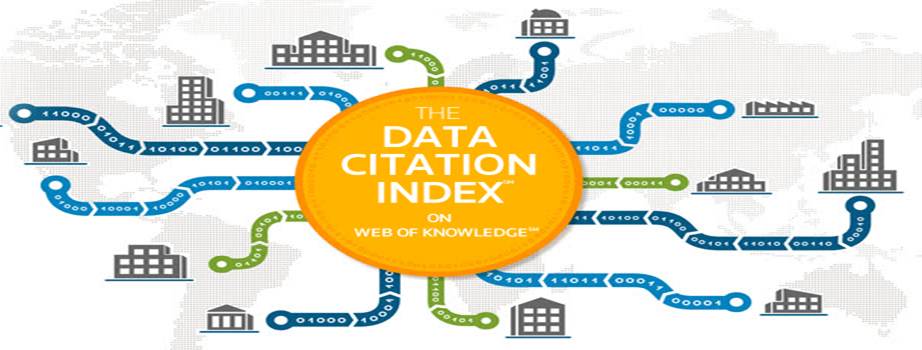Data Citation Index: Access research data from around the world
Data Citation Index provides a single point of entry for researchers seeking to quickly identify and access the most relevant data for their needs.
 Data is displayed within the broader context of scholarly research through linked content and summary information, making data discoverable, citable, and linked to primary research literature.
Data Citation Index searches across datasets from multiple repositories worldwide. Coverage spans a range of disciplines, including:
Data is displayed within the broader context of scholarly research through linked content and summary information, making data discoverable, citable, and linked to primary research literature.
Data Citation Index searches across datasets from multiple repositories worldwide. Coverage spans a range of disciplines, including:
 Data is displayed within the broader context of scholarly research through linked content and summary information, making data discoverable, citable, and linked to primary research literature.
Data Citation Index searches across datasets from multiple repositories worldwide. Coverage spans a range of disciplines, including:
Data is displayed within the broader context of scholarly research through linked content and summary information, making data discoverable, citable, and linked to primary research literature.
Data Citation Index searches across datasets from multiple repositories worldwide. Coverage spans a range of disciplines, including:
- Life sciences 48%
- Physical sciences 23%
- Social sciences 20%
- Arts & Humanities 7%
- Multidisciplinary 2%